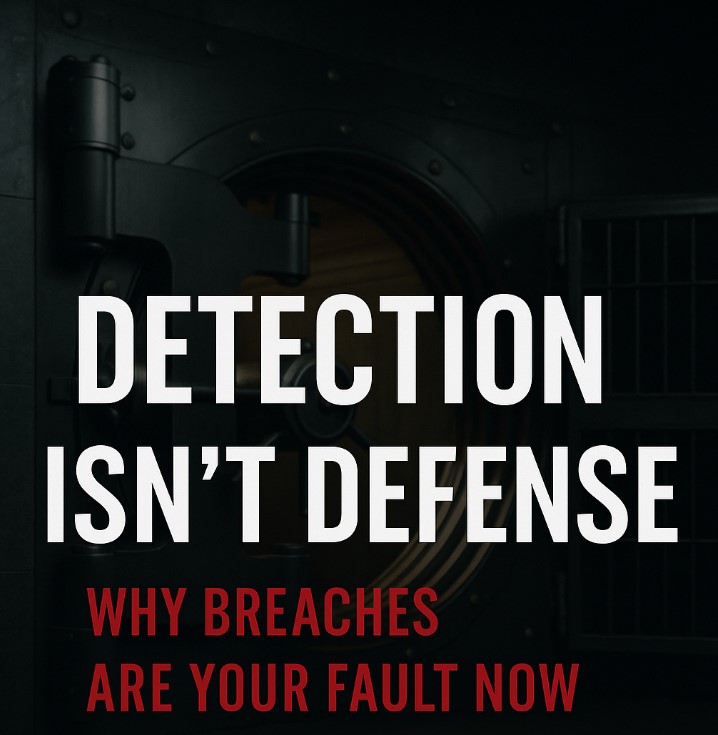
Detection Alone Is Not a Defense: Ignorance Is No Longer an Excuse
For too long, cybersecurity leaders have hidden behind one flawed assumption:
“If we detect it fast enough, we can stop it.”
This mindset is not just outdated—it’s dangerous.
In a world of evolving ransomware, zero-day threats, and AI-generated malware, relying solely on detection-based security is the equivalent of putting a door on a bank vault… and forgetting to install the lock.
Let’s be clear: detection is not prevention.
By the time you’ve detected a breach, the damage is already underway.
And if you’re still basing your cybersecurity posture on finding the bad after it’s already inside—you’re playing defense with your eyes closed.
The Tools to Prevent Are Available—So Why Aren’t You Using Them?
Today, technologies like Kernel-Level API Virtualization exist and are readily available. These tools isolate threats at the operating system level, rendering unknown executables harmless even before a verdict is made.
They don’t rely on signatures.
They don’t wait for behavioral evidence.
They simply prevent the threat from causing damage—even if it’s never been seen before.
This isn’t future-tech.
It’s present-tense and battle-tested.
So when a ransomware attack gets through your defenses and you didn’t have these protective layers in place, it’s not a failure of the threat landscape—it’s a failure of your architecture.
Ignorance Is Not a Defense
Imagine a bank claiming they didn’t install locks on the vault because they weren’t aware locks existed.
That’s the same excuse some organizations use when explaining why they relied solely on EDR or antivirus to stop sophisticated attacks.
But that excuse doesn’t hold up anymore.
Security leaders, vendors, and compliance frameworks all know that layered defenses are not just best practice—they’re required.
The industry has moved forward.
If you’re still anchoring your strategy in detection-only defenses, you’re willfully ignoring the advancements designed to make these threats harmless.
Accountability Starts with Architecture
Being breached isn’t always a sign of negligence.
But being breached while ignoring known, available technologies that could have mitigated the damage—that’s something else.
It’s time we hold ourselves—and our peers—accountable.
Prevention-first architecture isn’t a luxury. It’s a responsibility.
So ask yourself:
- Are we just detecting threats? Or are we containing them before they act?
- Are we securing the vault—or just waiting to see who tries to rob it?
Because in cybersecurity, the cost of ignorance isn’t just high—it’s often irreversible.
Are you still relying on detection to protect you?



